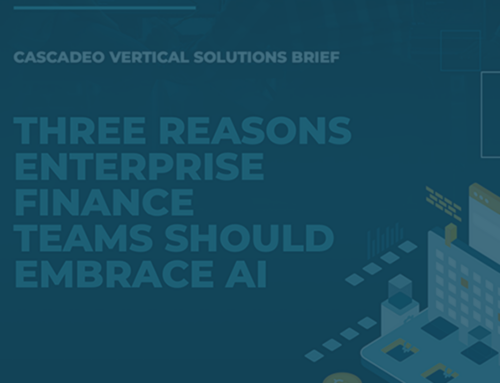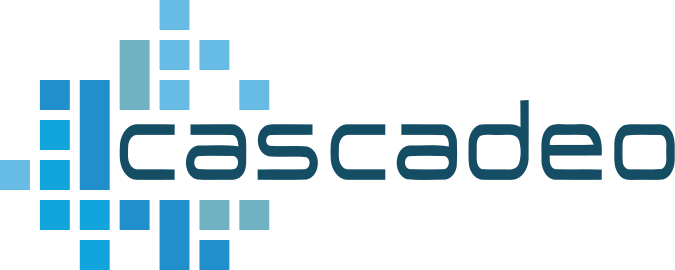
With out of control administrative costs representing an existential threat to many healthcare and life sciences companies, offloading rote administrative tasks to generative AI not only makes sense; it could remake the entire healthcare system.
Gen AI Can Help Create a Better Healthcare System
 Some of the most exciting developments utilizing generative AI are happening in healthcare and life sciences. Take, for example, the new antibiotic class discovered by MIT researchers using deep learning. It’s also being used to streamline drug trial processes, analyzing and delivering insights from the massive troves of data trials produce much more rapidly than was previously possible. A lab at Cambridge University is developing gen AI tools to create hyper-personalized diagnoses and treatments. These, among others, are examples of nascent attempts to fulfill the enormous potential of AI to change lives.
Some of the most exciting developments utilizing generative AI are happening in healthcare and life sciences. Take, for example, the new antibiotic class discovered by MIT researchers using deep learning. It’s also being used to streamline drug trial processes, analyzing and delivering insights from the massive troves of data trials produce much more rapidly than was previously possible. A lab at Cambridge University is developing gen AI tools to create hyper-personalized diagnoses and treatments. These, among others, are examples of nascent attempts to fulfill the enormous potential of AI to change lives.
Administrative Optimization
Most of the currently operational use cases for generative AI in the healthcare space, however, are administrative in nature. Creating efficient ways to handle patient information and clinician interactions are early priorities among AI adopters in the industry. While such approaches may seem less exciting to the general public than lifesaving drug development, tackling the massive amount of both data and administrative inefficiencies in healthcare is an enormous undertaking. AI tools are being used to streamline patient communications, analyze patient histories in support of diagnosis and treatment, and generally improve administrative processes in patient care and clinical research.
Getting Control of Ballooning Costs
While that may seem less compelling than eradicating antibiotic-resistant infections, administrative costs comprise 15-30% of U.S. healthcare spending, which continues to rise at unsustainable rates, accounting for at least “twice the spending on cardiovascular disease and three times the spending for cancer care.” Keeping in mind that 56% of Americans are carrying medical debt, and nearly one-fourth have medical debt in the five-figure range, expense reduction across the industry may very well represent the most significant impact AI could produce.
An Existential Threat
For enterprises within the healthcare and life sciences industry, the urgency to optimize costs is clear. The Covid-19 pandemic and subsequent inflation have created expense increases that represent an existential threat to many hospital systems. Drug development costs are also approaching crisis levels, with a 15% increase in 2022 alone. Without significant, systemic changes, health companies and the patients they serve will reach a fiscal breaking point in the coming years, particularly in the face of political pressure to cut Medicare spending, which makes up 21% of healthcare expenditures.
Generative Solutions
Enter generative AI’s capacity to increase productivity, automate repetitive tasks, and accelerate data analysis and modeling. AI tools can be used to automate processes like prior insurance authorization, reducing care delays by up to two weeks and eliminating multiple rounds of paperwork, direct communication, and hospital billing. Considering that hospital billing and insurance-related expenses make up fully half of the administrative portion of healthcare spending, these automation savings could have the potential to dramatically alter the entire industry. AI-enhanced resource management within care facilities offers a similarly enormous chance to reduce costs while simultaneously improving patient outcomes and reducing in-hospital time.
Supporting Clinicians
In cooperation with care providers and administrators, generative AI could also be used to reduce the paperwork burden of patient care, saving time and reducing clinician burnout, which comes at an annual cost of $4.6 billion. Documents like discharge statements, care summaries in patients’ native language, charts, and shift-change notes could all be automatically generated and shared, reducing labor as well as human error.
Time for a Plan
Given the thrilling news that has already emerged from generative AI projects, healthcare and life sciences will likely be industries with rapid experimentation and evolution in AI use cases. While many of the productivity enhancements described here will arrive in the form of vendor offerings across enterprises, leaders in the industry should begin planning adoption and custom implementation strategies to take advantage of the opportunities at hand, while taking steps to mitigate potential bias and risk issues. With a strategic approach, it may be possible to build a new and improved system for R&D and patient care.




